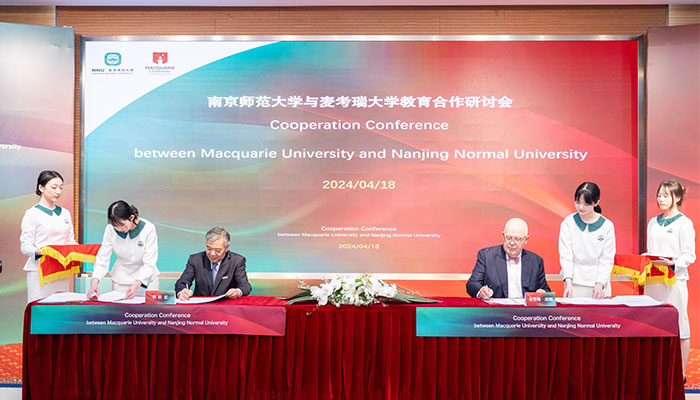In a paper published today in the peer-reviewed science journal The Public Library of Science ONE, researchers have presented a new model to explore how changes in food availability might influence honeybee colony growth.
Dr Andrew Barron, Macquarie University with David Khoury and Dr Mary Myerscough, The University of Sydney have developed a model that predicts complex interactions between food availability and forager death rates in shaping a colony’s fate.
“Honeybees are increasingly in demand as pollinators for various key agricultural food crops, but globally their populations are in decline, and colony failure rates have increased.
It is imperative that we understand exactly how colonies respond to forger deaths,” says Dr Andrew Barron, Macquarie University.
With the current debate over the impact of pesticides on bee populations around the world, the researches say their model has particular significance.
“Our model will add to an increased understanding of the how changes in the environment – both natural and by human intervention – are really effecting bee colonies,” says Dr Barron
Article: Modelling food and population dynamics in honey bee colonies,
David S. Khoury, The University of Sydney, Andrew B. Barron, Macquarie University, Mary R. Myerscoug, The University of Sydney
Article first published online: 7 May 2013 in The Public Library of Science ONE.
Dr Andrew Barron, Macquarie University with David Khoury and Dr Mary Myerscough, The University of Sydney have developed a model that predicts complex interactions between food availability and forager death rates in shaping a colony’s fate.
“Honeybees are increasingly in demand as pollinators for various key agricultural food crops, but globally their populations are in decline, and colony failure rates have increased.
It is imperative that we understand exactly how colonies respond to forger deaths,” says Dr Andrew Barron, Macquarie University.
With the current debate over the impact of pesticides on bee populations around the world, the researches say their model has particular significance.
“Our model will add to an increased understanding of the how changes in the environment – both natural and by human intervention – are really effecting bee colonies,” says Dr Barron
Article: Modelling food and population dynamics in honey bee colonies,
David S. Khoury, The University of Sydney, Andrew B. Barron, Macquarie University, Mary R. Myerscoug, The University of Sydney
Article first published online: 7 May 2013 in The Public Library of Science ONE.



